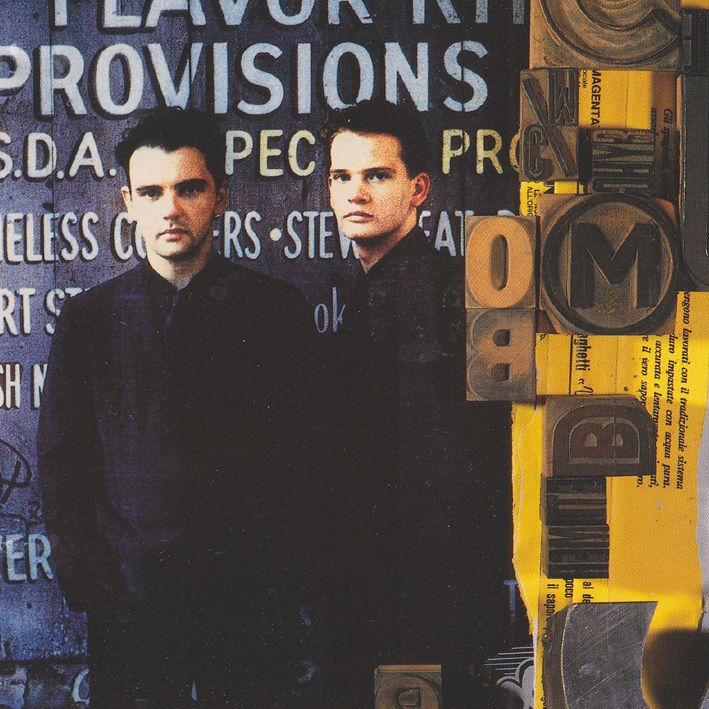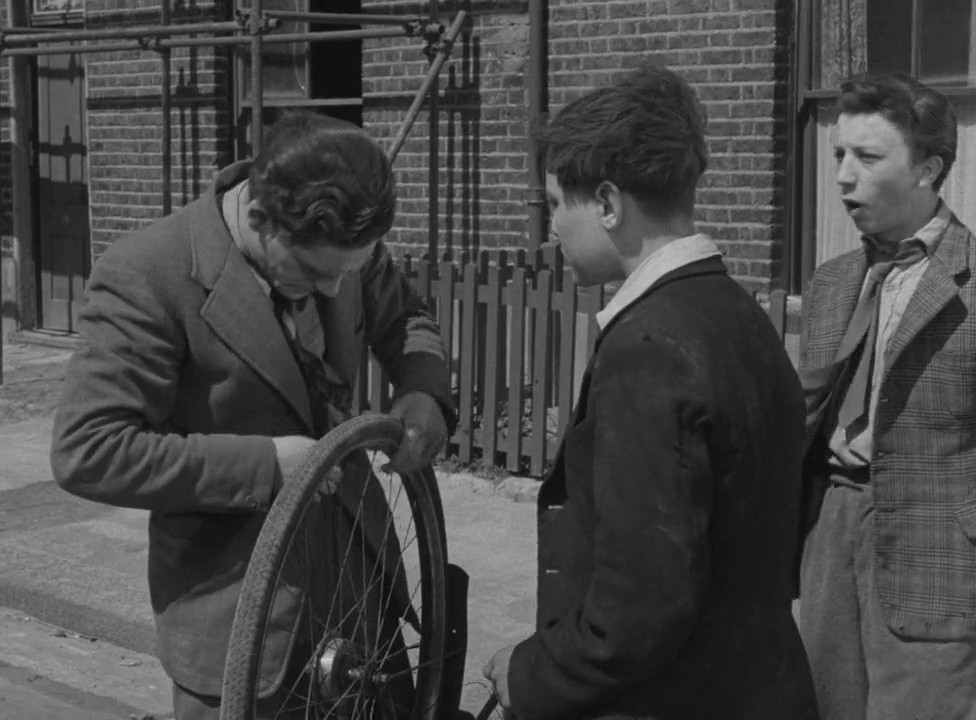
Ten of these family assemblies formed a hundred and ten hundreds formed a thousand.
#HUE AND CRY ANCIENT FREE#
All free people used some form of these networking groups bound together by a common sense of justice, or what became known as the common law.Īnglo-Saxons, Tuns, were divided into family groups of ten, called a Tithing. The reference to "the whole hundred" has to do with a prominent system of government known as the tens, hundreds and thousands which stemmed back to before ancient Israel. Those who raised a hue and cry falsely were themselves guilty of a crime. It was moreover provided that "the whole hundred … shall be answerable" for any theft or robbery, in effect a form of collective punishment. 1 and 4, it was provided that anyone, either a constable or a private citizen, who witnessed a crime shall make hue and cry, and that the hue and cry must be kept up against the fleeing criminal from town to town and from county to county, until the felon is apprehended and delivered to the sheriff.Īll able-bodied men, upon hearing the shouts, were obliged to assist in the pursuit of the criminal, which makes it comparable to the posse comitatus. The sanction, to make the system work, was that if they did not, they would all be held responsible for the crime." Credited to and Published by the Bingham Heritage Trails Associationīy the Statute of Winchester of 1285, 13 Edw. If one of them broke the law, the others had to bring that person before the court. These ten men were responsible for the behaviour of each other. Every male over the age of 12 had to belong to a group of nine others, called a tithing. "The roots of local responsibility for crime prevention seem to lie in Anglo-Saxon customs that placed prevention squarely on the local community through the tithing and the “Hue and Cry”.



Micah tells us what happen when the whole world whores after his covetous practices. In Oliver Twist, Fagin reads the Hue and Cry which was an early name of the weekly Police Gazette (UK) magazine detailing crimes and wanted people.


 0 kommentar(er)
0 kommentar(er)
